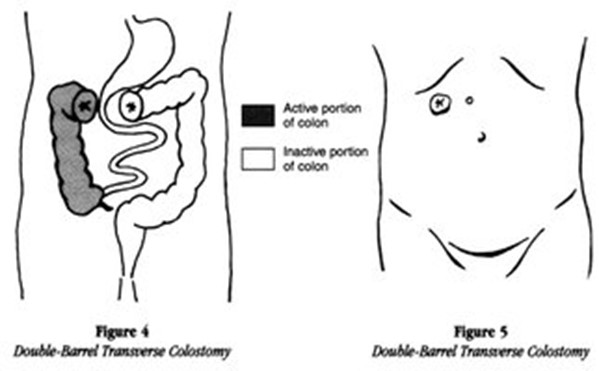Which of the following is a true statement regarding psoriasis?
It is a chronic, infectious inflammatory disease.
It is characterized by patches of redness covered with silvery scales.
A cure is possible with prompt treatment.
The onset typically occurs in young children
The Correct Answer is B
It is characterized by patches of redness covered with silvery scales. Psoriasis is a chronic autoimmune disorder that causes patches of red, inflamed skin covered with silvery scales.

Choice A, It is a chronic, infectious inflammatory disease is incorrect as psoriasis is not caused by an infection.
Choice C, A cure is possible with prompt treatment is incorrect as there is no cure for psoriasis, but symptoms can be managed with treatment.
Choice D, The onset typically occurs in young children is incorrect as psoriasis can occur at any age.
Nursing Test Bank
Naxlex Comprehensive Predictor Exams
Related Questions
Correct Answer is D
Explanation
Myocardial infarction. Gout is a form of arthritis that results from the deposition of uric acid crystals in joints and tissues. It occurs due to hyperuricemia, a condition characterized by an elevated level of uric acid in the blood. The most common cause of hyperuricemia is the overproduction or under-excretion of uric acid. Myocardial infarction is a condition that results from the blockage of blood flow to the heart, which can lead to tissue death. Gout is not caused by long-standing cardiopulmonary disease, fungal infection, or iron- deficiency anemia.
Choice A, Long-standing cardiopulmonary disease, is incorrect because it is not a cause of gout.
Choice B, Fungal infection, is incorrect because it is not a cause of gout. Choice C, Iron-deficiency anemia, is incorrect because it is not a cause of gout.
Correct Answer is D
Explanation
sigmoid. A double-barrel colostomy involves surgically creating two separate stomas from the colon, with the proximal stoma discharging stool and the distal stoma discharging mucus. This type of colostomy is typically performed in the sigmoid colon, which is the S-shaped segment of the large intestine located just before the rectum.

Choice A, ascending, is not the correct answer because an ascending colostomy is created in the ascending colon, which is located on the right side of the abdomen.
Choice B, descending, is not the correct answer because a descending colostomy is created in the descending colon, which is located on the left side of the abdomen.
Choice C, transverse, is not the correct answer because a transverse colostomy is created in the transverse colon, which is located across the upper abdomen.
Whether you are a student looking to ace your exams or a practicing nurse seeking to enhance your expertise , our nursing education contents will empower you with the confidence and competence to make a difference in the lives of patients and become a respected leader in the healthcare field.
Visit Naxlex, invest in your future and unlock endless possibilities with our unparalleled nursing education contents today
Report Wrong Answer on the Current Question
Do you disagree with the answer? If yes, what is your expected answer? Explain.
Kindly be descriptive with the issue you are facing.
